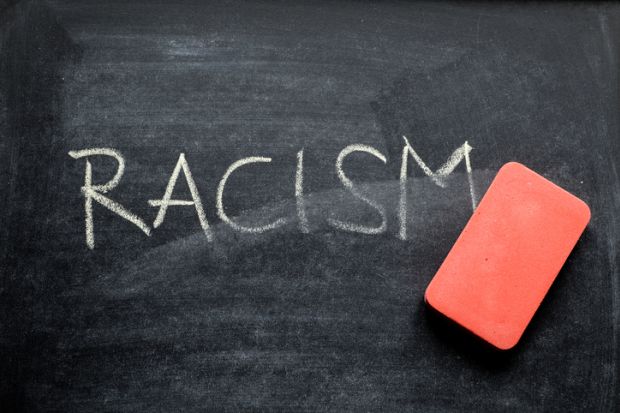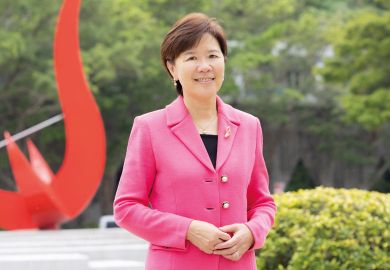That there is a lack of black and minority ethnic (BME) representation in management and leadership roles in universities in the UK and the US is well known. But what steps are being taken, or could be taken, to address this problem?
In 2017-18, 16 per cent of all UK academic staff with a known ethnicity were BME, as were 12 per cent of non-academic staff. But just 10 per cent of professors, and only 6.9 per cent of other senior academic staff, were BME.
Marybeth Gasman, the Judy & Howard Berkowitz professor of education at the University of Pennsylvania, whose research specialisms include racism and diversity in higher education, said BME representation in leadership roles in the US is also low, but “not as low as the UK, where it is abysmal”.
In terms of identifying solutions, the UK’s Advance HE – the sector body whose aims include improving leadership – held a recent BME Leadership Summit.
Binna Kandola, co-founder of Pearn Kandola, a business-psychology consultancy that aims to improve diversity and inclusion, was keynote speaker.
The visiting professor at Leeds University Business School and Aston University Business School told Times Higher Education that “too many people believe that racism is a thing of the past”, when it has instead “mutated” to become “subtle…oblique…[and] indirect”.
The solution involves senior leadership, in particular vice-chancellors, being engaged and recognising “it’s an issue in academia, it’s an issue in their university”, and being transparent and accountable in taking action, Professor Kandola argued.
He said that universities could collect more data of their own on BME representation in senior roles and listen to what their staff are telling them about their experiences.
One of the ways Advance HE is looking to tackle the issue is through a programme on diversifying leadership.
This is aimed at early career academics and professional services staff from BME backgrounds who are about to take their first step into applying for a senior role, or who aspire to a leadership role.
Participants are supported by a sponsor, who passes on knowledge and advice and uses their seniority and “organisational capital” to actively advocate and “open doors” to promote their protégés’ careers.
Jannett Morgan, director of the diversifying leadership programme at Advance HE, said sponsorship can be a “critical intervention” and a “career game changer” for BME staff.
Systemic racism in university policies, procedure and hiring committees is the central issue in the US, said Dr Gasman, who is also director of the Penn Center for Minority Serving Institutions.
Solutions included training search and hiring committees to identify systemic racism and their own implicit and explicit biases, she added.
Hiring committees have to be “active in their searches, have to move beyond their comfort zone, and need to push for more diversity and stop being comfortable hiring people just like themselves”, Dr Gasman argued.
Also important is creating paths to a variety of roles in higher education so that “lack of minorities” in the pipeline “can’t be used as an excuse”, she continued.
There needs to be more mentoring of BME people for higher education leadership roles, Dr Gasman said, and white staff need to “push back against whites who enforce systemic racism and need to constantly reflect on their own behaviour”.
后记
Print headline: How can we get more BME leaders?




